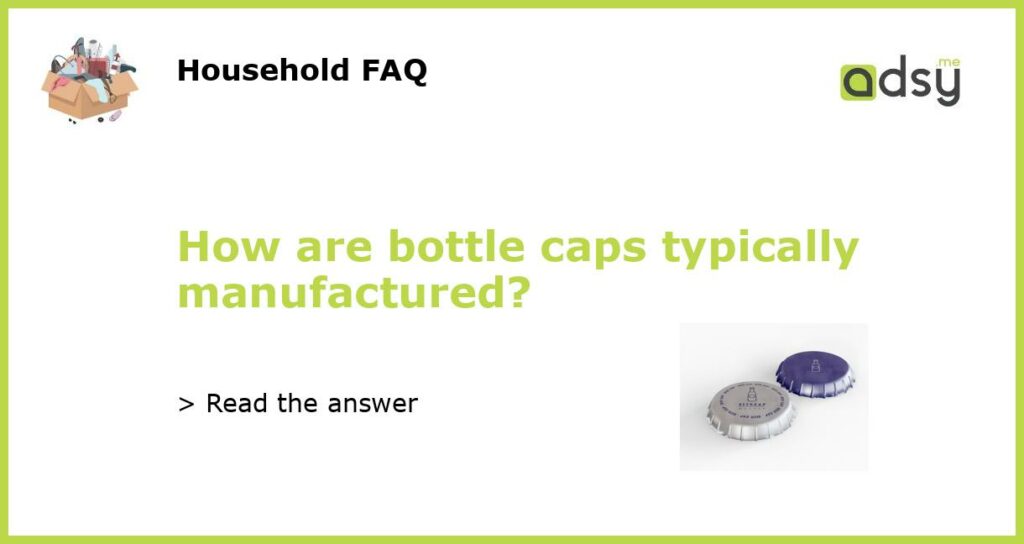Bottle caps are a common item that we see every day, whether it is on a soda bottle or a water bottle. But have you ever wondered how they are made? From the materials used to the manufacturing process, this article will explore how bottle caps are typically manufactured.
The Materials Used
The first step in manufacturing bottle caps is gathering the materials needed. Bottle caps are typically made out of metal or plastic. The most common metals used are aluminum and steel, while plastic caps are typically made out of polyethylene or polypropylene. These materials are chosen due to their durability and ability to withstand pressure and temperature changes.
The Manufacturing Process
The manufacturing process varies depending on the type of material being used. For metal caps, the first step is creating the cap body from a sheet of metal. This is done using a stamping machine that punches the metal into the desired shape. The next step is creating the liner that seals the cap to the bottle. This is typically a plastic or cork material that is adhered to the inside of the metal cap. Finally, the cap is coated with a sealant to prevent leakage.
For plastic caps, the manufacturing process is similar but does not involve stamping. Instead, the plastic is injected into a mold that shapes it into the desired cap shape. The liner and sealant are then added in the same manner as metal caps.
Quality Control
Throughout the manufacturing process, quality control is crucial to ensure that the finished product meets all necessary standards. This can involve testing for proper seal strength and proper fit to the bottle to prevent leaks. Additionally, visual inspection is done to ensure the cap is free from defects and deformations.
In conclusion, bottle caps are an essential part of many products, and their manufacture involves careful selection of materials, attention to detail during the manufacturing process, and rigorous quality control. The result is a finished product that is strong, durable, and able to protect the contents of the bottle from contamination.






